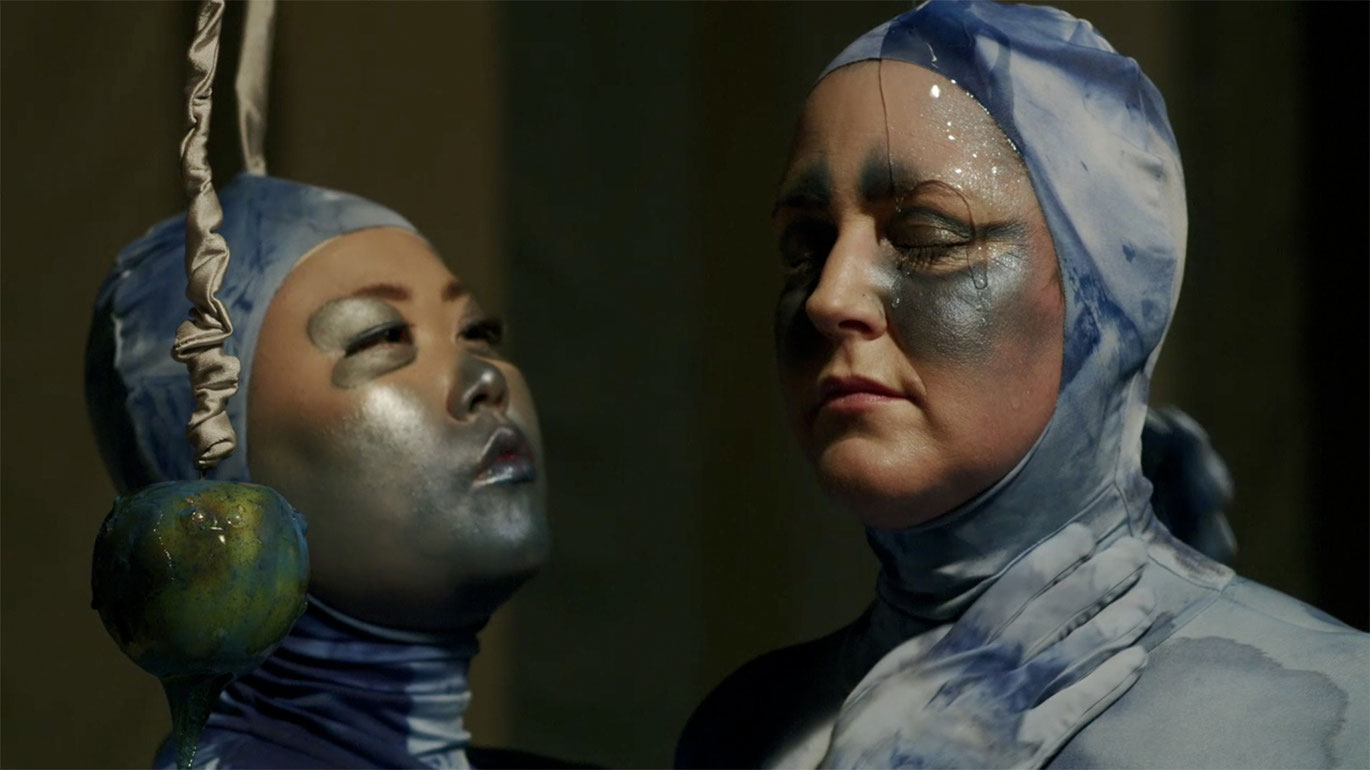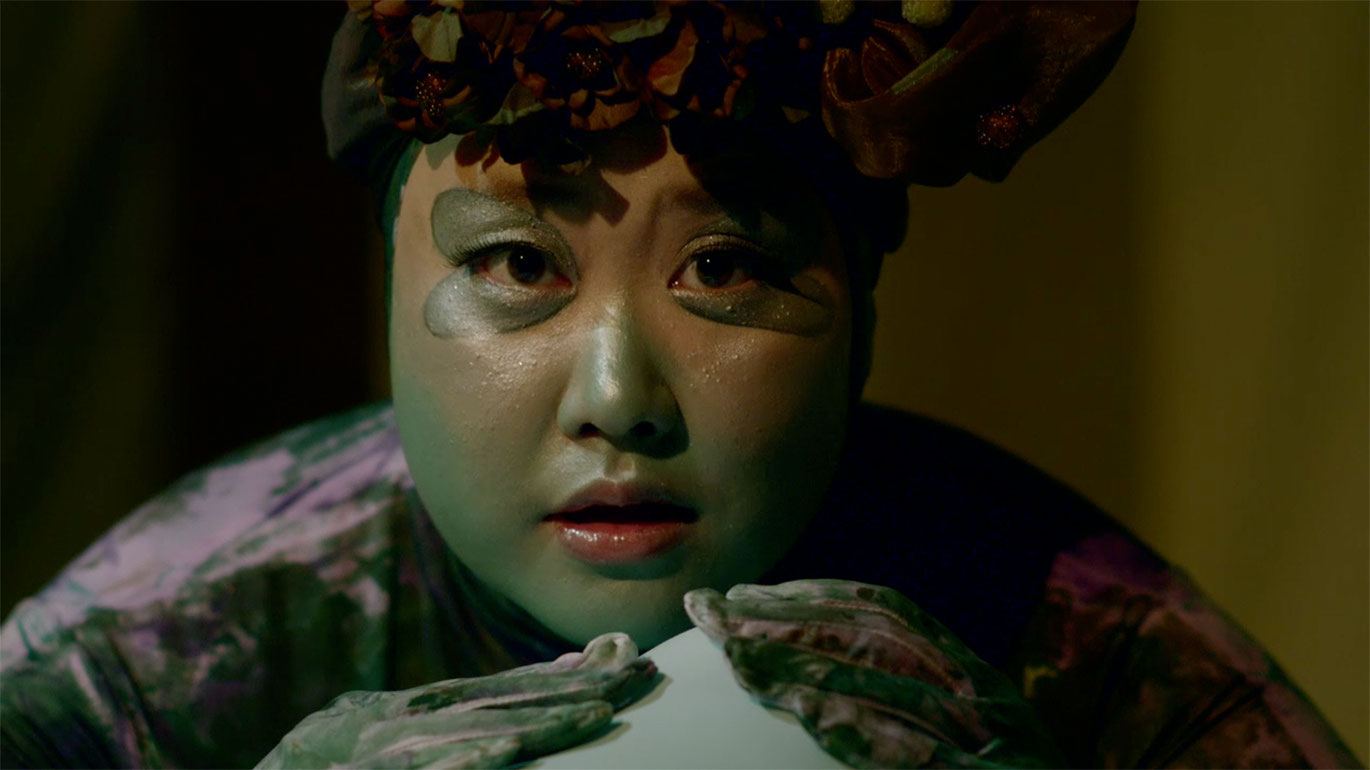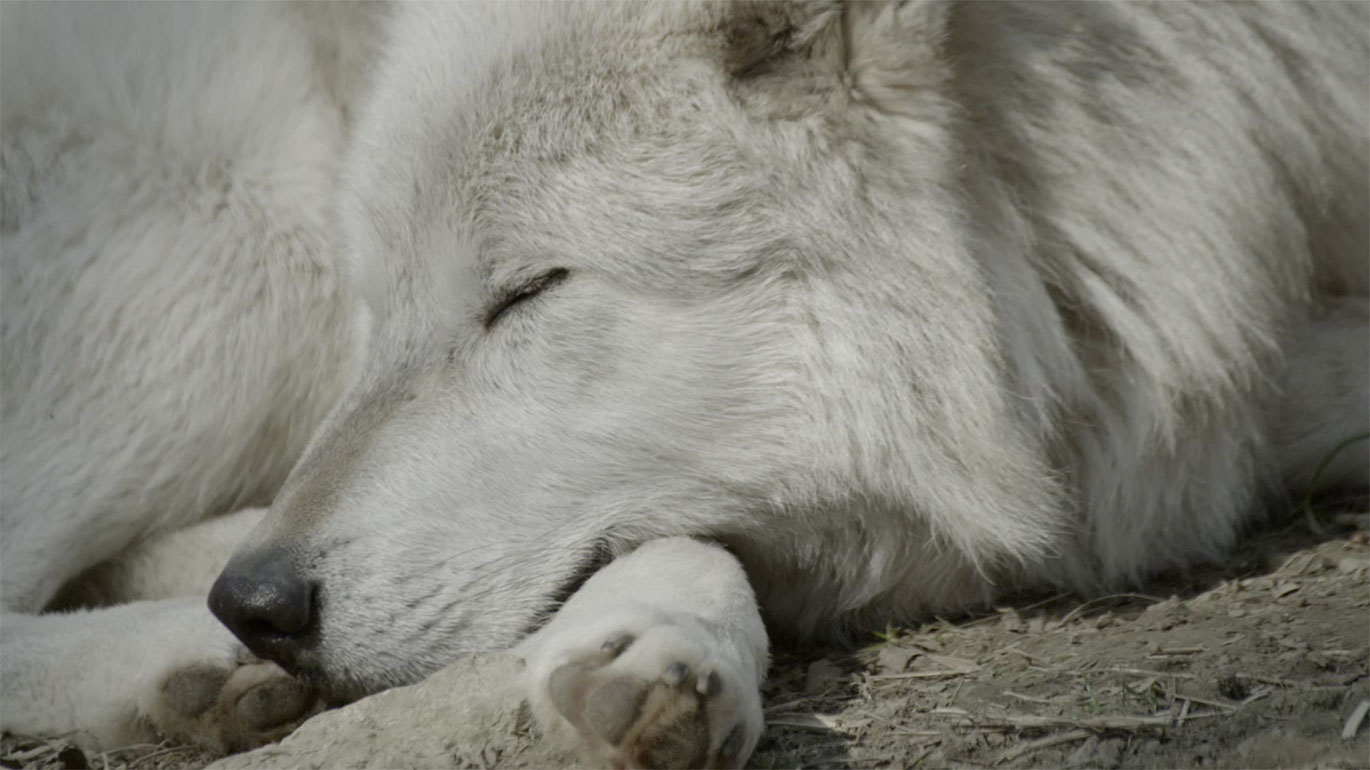Powder Placenta
In his poem Epirrhema, Goethe calls to his readers, Attend to this in contemplating nature // Always, in each and every feature: // Nothing is inside, nothing is outside; // For what’s within, is without. Thereby grasp without delay // Holy secret clear as day.
And so it is with the fairy tale Powder Placenta by Katrina Daschner, part three in a series of nine self-contained works adapted for the screen from Schnitzler’s Dream Novella.
For a number of years, fairy tales counted among the most popular genres in Early Cinema. Costume spectacles full of dance and wizardry told of vengeful butterflies and cunning gnomes conjuring like mad using the skeletons of sorcerers. These visions celebrated fantasy, sensuality and desire. They were able to shake up traditional social categories and hierarchies, such as art, and turn them upside down.
Powder Placenta is a fairytale that narrates the interconnectedness of seemingly separate spaces, spheres and strata, and shows how they desire to be intertwined. We see Baroque wall paintings in Lower Austria’s Harmannsdorf castle; forests and river meadows through which a pack of wolves wander; and Daschner´s theatrical stage peopled by alternately confused or enchanted mythical creatures, a richly fertile and iridescent world where all shapes are round and the juice of life burbles and flows freely. Once again and at long last, everything becomes one, no matter how it is normally categorized: artificial or real, two- or three-dimensional, fantasy or reality. This is achieved through the montage, inspired by a vision of life that allows all things to merge together. Longing has come to an end, the celebration of life in all its glory has begun.
(Olaf Möller)
Translation. Eve Heller
Powder Placenta
2015
Austria
9 min




